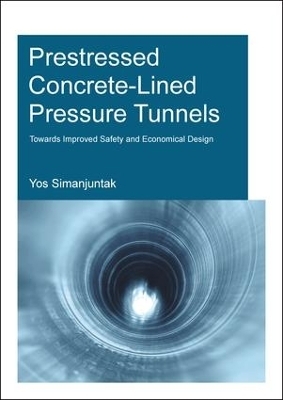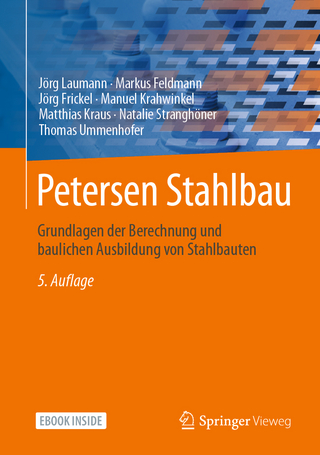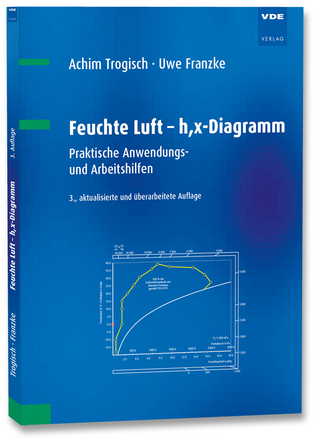
Prestressed Concrete-Lined Pressure Tunnels
CRC Press (Verlag)
978-1-138-02853-1 (ISBN)
Cracking in concrete tunnel linings can lead to loss of energy production, extensive repairs, and even accidents. One of the techniques available to improve the bearing capacity of pressure tunnels is through prestressing the concrete lining by grouting the circumferential gap between the concrete lining and the rock mass at high pressure. A classical approach to determine the bearing capacity of such tunnels is based on the theory of elasticity, assuming impervious concrete. In this research, a new concept is introduced to assess the effect of seepage on the bearing capacity of pressure tunnels. Also, an innovative approach is proposed to explore the effects of the in-situ stress ratio on the lining performance. Distinction is made based on whether the rock mass behaves as an elasto-plastic isotropic, or elastic anisotropic material. Furthermore, a simplified method is introduced to quantify seepage associated with cracks around the tunnel, which is useful for assessing tunnel stability.
Yos Simanjuntak (1978,Pangkalan Susu, Indonesia) obtained his BSc (Cum Laude) in Civil Engineering from the Institut Teknologi Medan in Indonesia (2002), where he was later on appointed as an Assistant Lecturer. From May to July 2005, he worked as a Program Assistant for the United Nations WHO on the small island of Nias in Sumatra, which, as so many other communities surrounding the Indian Ocean, had suffered dearly from the devastating Tsunami during Christmas 2004. In 2007, he received a MSc (with Distinction) in Hydraulic Engineering at UNESCO-IHE in Delft, The Netherlands. In November 2010, he started his PhD research at UNESCO-IHE/TU Delft focusing on the design of prestressed concrete-lined pressure tunnels. He has guided several MSc students and given lectures on the topic of the Design of Settling Basins for the short course Small Hydropower Developments at UNESCO-IHE until 2014. Currently, he works at Plaxis B.V in Delft as a Sales Support Engineer, in which his responsibilities are, among others, providing advice to new and existing customers worldwide on the various Plaxis software products. As the name suggests, PLAXIS provides solutions based on the finite element method dedicated to civil as well as geotechnical engineering.
General Introduction
Literature Review
The Gap Grouting Method
Pressure Tunnels in Uniform In-Situ Stress Conditions
Pressure Tunnels in Non-Uniform In-Situ Stress Conditions
Pressure Tunnels in Transversely Isotropic Rock Formations
Longitudinal Cracks in Pressure Tunnel Concrete Linings
Conclusions and Recommendations
| Reihe/Serie | IHE Delft PhD Thesis Series |
|---|---|
| Verlagsort | London |
| Sprache | englisch |
| Maße | 170 x 240 mm |
| Gewicht | 249 g |
| Themenwelt | Technik ► Bauwesen |
| ISBN-10 | 1-138-02853-3 / 1138028533 |
| ISBN-13 | 978-1-138-02853-1 / 9781138028531 |
| Zustand | Neuware |
| Haben Sie eine Frage zum Produkt? |
aus dem Bereich


